Directional tires have a tread pattern designed to rotate in only one direction. When you look at such tires head on, the lateral voids and channels on the tread all point forward and down. The channels on both sides of the tread will run like two waterfalls joining from opposite sides, like this: ϒ
Directional tires (also called unidirectional) are better for performance cars — and traveling at high speeds — than tires with symmetrical or asymmetrical tread patterns. The tires channel water away efficiently for excellent hydroplaning resistance and deliver sporty performance on dry surfaces.
But directional tires cannot be easily rotated to as many positions on the vehicle. In order to rotate directionals to opposite sides of a vehicle — not just between front and back on the same side — the tires have to be dismounted from the wheels and remounted before being installed.
For this reason, most drivers end up just switching directional tires from front to back on the same side when they get a rotation. This means the tires will wear less evenly and more quickly, and that’s why you may get less mileage.
Most directional tires have a solid center rib, which adds rigidity for high-speed stability. Also, the lateral channels on the tread pattern all point down in a V-shape. Such designs are used on summer or winter tires.
Here’s a comparison between directional, symmetrical and asymmetrical treads.
The most common tread pattern for passenger cars is symmetric. The left and right tread blocks mirror each other, and the grooves and voids point in multiple directions. Both summer and winter tires use this type of pattern.
Asymmetric treads combine the above two patterns to offer good grip on dry, wet or snowy roads, making the tread type a better choice for all-season use. The inner side of asymmetric tires often features lateral voids like those found in directionals, while the outer side uses larger tread blocks.
On directional tires, there’s an arrow on the sidewall of the tires — when correctly mounted, the arrow points toward the front of the vehicle. If directional tires get mounted backward, you won’t get the hydroplaning resistance and other performance driving benefits the tread is designed for.
Front and rear tires often wear at different rates. It is recommended to rotate standard tires between front and back and crossways to maximize lifetime mileage.
When you have directional tires, you can only easily swap fronts for rears on the same side of the car. If you want to cross tires to opposite sides, you’ll have to go through the time and expense of having the tires taken off the wheels, flipped, remounted on the wheels and swapped.
Directional tires provide superior handling in wet conditions or dry. The V-shaped tread allows water to be pushed outward as the tire rotates, evacuating water better than a symmetric tire.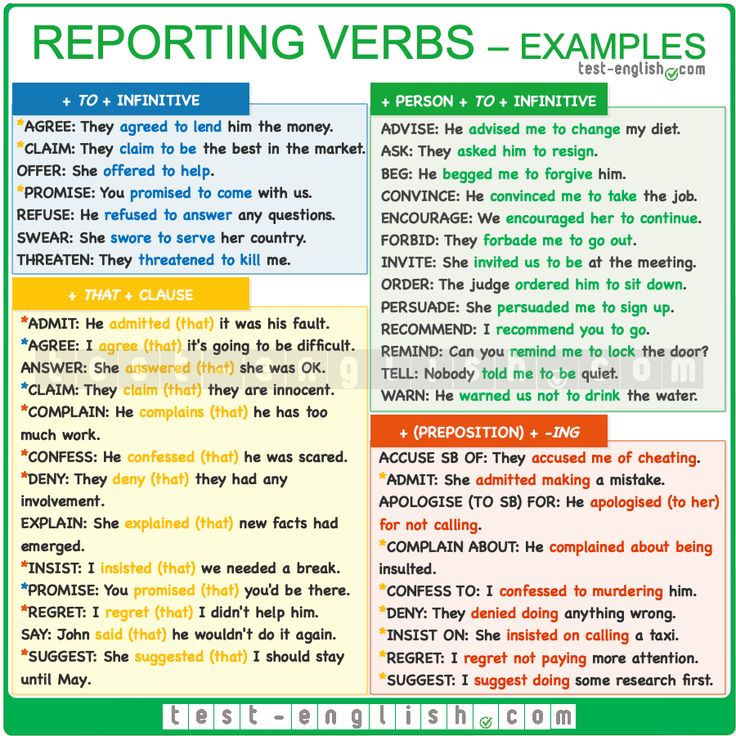
The tires handle better at high speeds. Most race and sports cars run with directional tires.
Directionals can also provide better fuel efficiency since they have less rolling resistance. (But if you’re a spirited driver, faster accelerations and speeds may offset these gains.)
The main downside is cost. The rubber compounds used in these high-performance tires mean a premium price point compared to standard passenger car tires.
Also, directionals typically have shorter tread life. It’s not because the tread is less durable, but rather it’s because tire rotations involve extra labor and cost. Many drivers opt to swap front and rear tires on the same side to avoid the hassle.
SHOP TIRES
Bought yourself a brand new set of tires and wondering whether the tire installer put them on backwards? Is it even possible to put car tires on backwards? Don’t worry. A lot of people have the same concerns. Thankfully, you have us to point you in the right direction.
Thankfully, you have us to point you in the right direction.
Can car tires be put on backwards? It depends on the tire. If you have directional tires, then yes. Directional tires are designed for movement in only one direction. If you have a non-directional tire, you can mount them however you wish.
Let’s go into a little more depth on this, shall we? This way, you will have more idea as to whether your specific tires can be mounted in any direction. Don’t worry. It is much easier than you think!
It is always going to be dependent on the tire. Your average tire built for general road conditions, in most cases, will be a non-directional tire. This means the tires can be mounted any way you want on the wheels.
In fact, most new cars come with tires that are non-directional straight from the factory. This makes tire rotations much easier, and extends the life of the OEM tires.
Many people like non-directional tires, as you can change the direction that they have been mounted any time that you want. This allows for more even wear on the tire, as uneven wear could lead to the steering wheel shaking while driving.
This allows for more even wear on the tire, as uneven wear could lead to the steering wheel shaking while driving.
However, if you have directional tires, then they are built to travel in one direction only. Directional tires will normally have a tread designed for harsher conditions, e.g., wet roads, off-roading, snow, etc. This tread can only provide grip when it is traveling in one direction. So, if the tire has been put on in the wrong direction, then it isn’t going to work anywhere near as well as it should.
If you are unsure as to whether you have directional tires, don’t worry. Directional tires will clearly be marked with an arrow.
You will also find the details in the manual. The manufacturers of these tires really do go to huge lengths to ensure that the owners know that they are dealing with directional tires.
Directional tires will clearly be marked with an arrow found on the outside sidewall of each tire.
It depends on the situation. If you are driving in dry conditions on the road, then you probably wouldn’t even notice that you are driving on backward directional tires. The tires may have a little bit of extra wear on them, but the car will be completely fine to drive.
The real issues start happening when you are driving in poor road conditions or off-road. You may find that your tires do not grip the road as well as they should.
The handling of your vehicle may feel completely wrong. You may even find that you lose control of your vehicle when you are driving over water on the road, such as hydroplaning.
This happens due to the direction that the tire treads are. Because the tire tread is not running in the direction that it should be running in, it isn’t able to grip the ground properly.
Additionally, if you are planning on driving in anything other than dry conditions on the road, having a directional tire on backwards will be plain dangerous.
If you are driving in dry conditions, you will have to replace the tires far more frequently. However, this is something that you do not want to happen under any circumstance.
Not always–but this can be a early sign that your tires are mounted backwards. When directional tires are mounted backwards they will produce excessive road noise. Tires that are on backwards may even cause the steering wheel to shake or vibrate.
As we said earlier, the manufacturers really like to make it clear that you have directional tires. After all, if you have directional tires and you mount them incorrectly, you may be pretty mad at them.
While it is always advised to look at the manual that came with your tires, the easiest way to determine whether you are dealing with directional tires is to just look at them. An arrow on them will tell you the direction that the tire is meant to rotate. Of course, you want that arrow pointing toward the front of your vehicle.
Of course, you want that arrow pointing toward the front of your vehicle.
If you do not see an arrow on your tires, then it is unlikely that you have directional tires. This means that there shouldn’t be any issues mounting them however you want on the wheels. However, you may want to have a quick flick through the manual that came with them just to be 100% sure.
Yes, if the tire shop or dealership installed your tires incorrectly, causing significant wear and tear, they should replace the tires at no cost to you.
In order to ensure the installer takes responsibility for their mistake, keep your receipt handy. Otherwise, you may be stuck with a repair bill!
Can car tires be put on backwards? Yes, if the tires are non-directional. If you have directional tires however, then they have been designed to work in only one direction. If you see an arrow on the tires, then this means that your tires are directional. You will need to ensure that this arrow points toward the front of your vehicle.
If you see an arrow on the tires, then this means that your tires are directional. You will need to ensure that this arrow points toward the front of your vehicle.
If you mount a directional tire in the wrong direction, the vehicle becomes dangerous. While you may not have any issues on dry road surfaces, you will have a lot of problems when things get a bit wetter, or you head off-road.
Have you ever had experience with car tires on backwards? Tell us about your experience in the comments below.
Last Updated on January 15, 2023
Christopher
Loves anything with a motor and wheels.
Christopher is an internet technology expert and mechanical engineer. When he’s not at the local autocross event, he can often be found working on one of his cars. He loves nothing more than taking something apart and putting it back together again. Email me direct, or learn more about us
Fresh number
RG-week
Rodina
thematic applications
Union
Fresh number
Category:
Cars
02.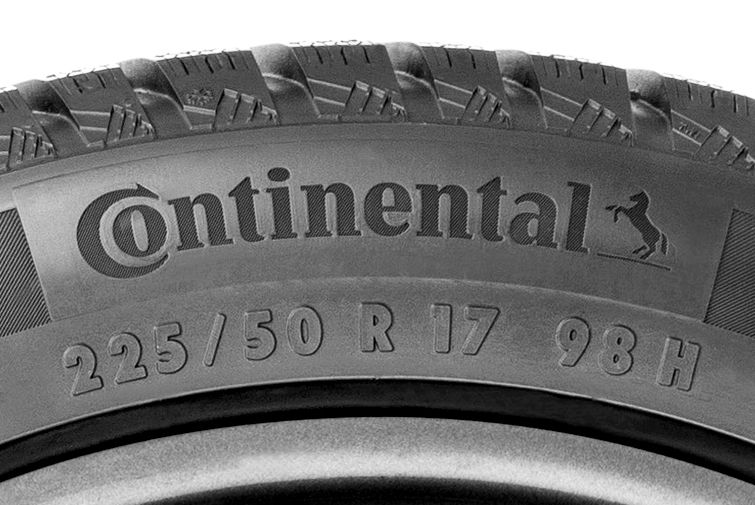 02.2022 13:00
02.2022 13:00
Boris Zakharov
It happens that the rubber is mounted on the "wrong side", when the arrow of rotation or other markers of the direction of rotation on the sidewall are turned in the opposite direction. What are the consequences of such errors?
Istock
To make it clearer what consequences the driver of a car with wheels installed, figuratively speaking, "back to front", may face, let's figure out what directional tires are.
In this rubber, the drainage grooves are located in the direction of rotation of the wheel, converging towards the center in the direction of rotation.
Directional tires can be symmetrical or asymmetrical. In the first case, the tread halves mirror each other, enhancing traction and drainage capabilities. In the second case, the pattern type is different on both sides. Tires with directional tread are also available in winter, all-weather and summer tires, studded and studless.
In this case, most often directional tires are found in winter and so-called "rain" models. You can distinguish tires with a directional tread by marking "Rotation", an arrow or triangular notches indicating the direction of the car.
You can distinguish tires with a directional tread by marking "Rotation", an arrow or triangular notches indicating the direction of the car.
Why and who should choose "directional" tires
The choice of tires with directional tread is justified, first of all, when you rarely leave the asphalt, that is, you move mainly in the city.
For rear-wheel drive vehicles, directional tires are also a smart choice and a way to increase traction, as the "driven" front wheels dry up the stretch of road before the rear wheels get to it. In addition, on winter snow-covered roads, the directional tread pattern helps to row snow and effectively remove it from the contact patch.
On packed snow, "directional" tires are again a priority. In summer, in addition to improved grip on wet surfaces, when choosing directional tires, we also get optimal driving stabilization. Such tires almost do not sag even at high speeds, and therefore are great for long-distance trips at a brisk pace.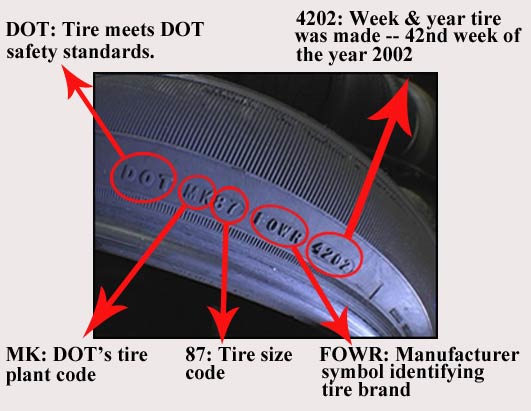
What happens if you install directional tires incorrectly
Now imagine that an inexperienced tire fitter or you yourself installed "directional" tires "against wool, mounting them on the wheels with the opposite sidewall.
First of all, such an error will affect the braking distance, however, not as significant as many believe.On average, when braking from 100 km / h on a wet or slippery surface, the car will travel about 1 - 1.5 meters more than a car with the right shoes - the corresponding measurements were repeatedly carried out by experts from leading automotive editions
Hydroplaning problems are much more serious. When the wheels, mounted on the wrong side, fall into a puddle, water or snow porridge will not be evacuated from the contact patch, and a so-called hydrodynamic wedge will appear in this area. As a result, the car can lose traction and literally "float", losing contact with the road already at 70 km / h. Accordingly, when driving on the highway, when the cruising speed is an average of 110 km / h, driving on rubber installed against the wool becomes literally dangerous.
It is also not surprising that the wrong orientation of the rubber complicates the control during extreme maneuvers, and also reduces the speed of their implementation. The steering angles increase and difficulties arise with the stabilization of the machine.
It is also clear that such tire fitting errors will lead to faster tire wear and higher driving noise. And, finally, problems can arise when driving on snow-covered primers. The tread of an incorrectly installed directional tire will collect snow in front of it and cause slippage.
If only one wheel is incorrectly installed
It is especially dangerous when only one wheel is installed "against the course". In this case, the car will go off course due to different rolling resistance or due to different thrust vectors of the wheels of the left and right sides. In particular, sideways pulls will be observed, which will be especially noticeable when braking.
Also remember that if one of the wheels gets punctured, you may need to fit a spare tire.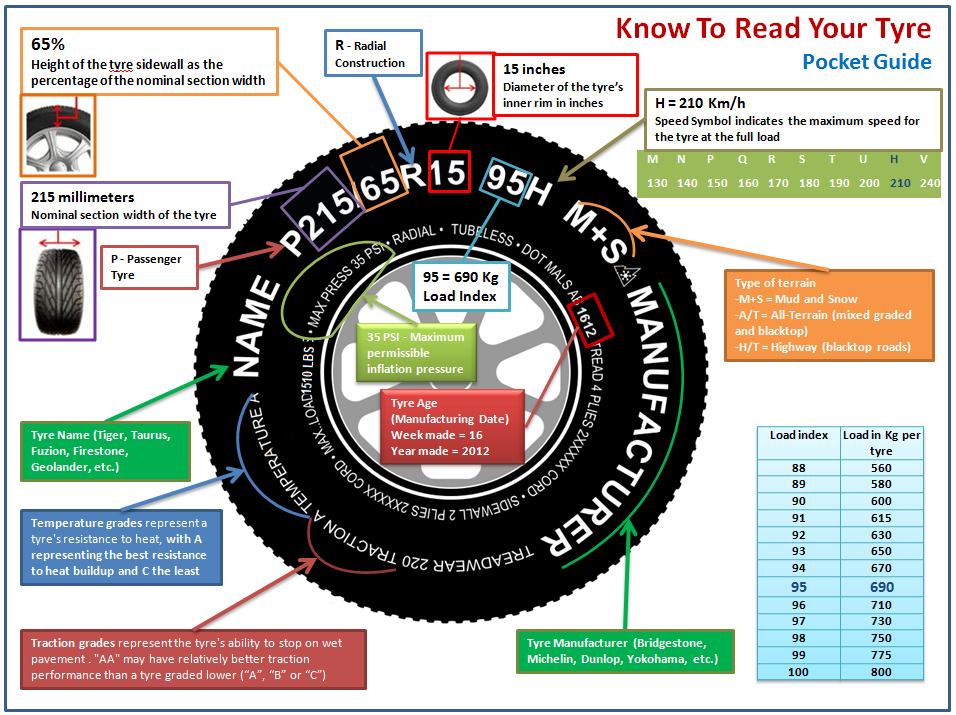 And if we are talking about a tire with a directional tread, then on one side of the car it will not work correctly. If this is the case, drive the spare tire with extra care without exceeding cruising 80-90 km/h
And if we are talking about a tire with a directional tread, then on one side of the car it will not work correctly. If this is the case, drive the spare tire with extra care without exceeding cruising 80-90 km/h
Benefits of installing directional rubber incorrectly
Perhaps the only advantage of installing directional rubber against wool is a slight improvement in flotation on the primer.
It is understandable - in this case, the protector will begin to better cling to loose or muddy surfaces. However, it is clear that no one in their right mind would specifically install rubber against the course in order to conquer off-road. It is much easier to simply lower the tires, thus increasing the contact patch and, accordingly, the patency.
We also add that it is not formally prohibited to install tires with a directional tread pattern backwards in our country. However, despite this, be careful when picking up a car from a tire shop after a seasonal or forced change of shoes. By controlling the work of the masters, you care first of all about your safety.
By controlling the work of the masters, you care first of all about your safety.
The main thing today
Putin congratulated Russian women on March 80003
Ombudsman Moskalkova published a list of prisoners of war refused to be taken by Kiev
RIA Novosti: Germany confirmed data on the search of the vessel in the case of sabotage on the Nord Stream
Three Western weapons to Ukraine for Economist
Reuters: Russia-India oil deals undermine long-term dollar dominance in trade
06 spring 2022
Tire-Rims
Data change:
🚙 What is blocking the installation of straight tires backwards 🚙 Straightening tires backwards: chi є pluses
Following clear recommendations from tire manufacturers, the installation of screed tires will lead to a rich supply of cars. Often you can feel the thought that the productivity of the tires will move up, so put them not straight out of the instructions in one straight, but out of the box.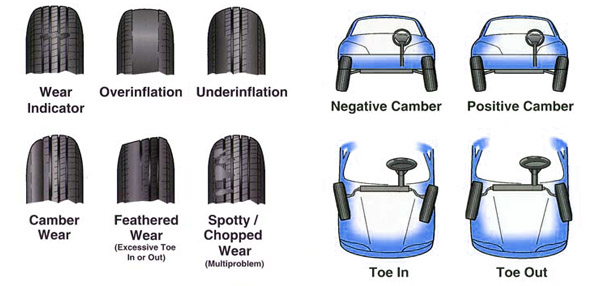 In order to find out, what to install on your passenger car or vintage car, straightening the tires backwards, it is important to recognize all the issues of the decision. Experts from different countries have carried out investigations to show how the trip will be more efficient and safe, to break the rule recommended by the foreman.
In order to find out, what to install on your passenger car or vintage car, straightening the tires backwards, it is important to recognize all the issues of the decision. Experts from different countries have carried out investigations to show how the trip will be more efficient and safe, to break the rule recommended by the foreman.
Installation of tires with a straight little tread is due to the improvement of the recommendations of the tire manufacturer, which means direct installation of the tire for the help of special arrows.
Deyakі vodії do not wait for tsikh poradі and risikutsya zіknutisi za such nasіlіkami:
 The car becomes significantly less peredbachuvanoy for an hour. This is a great threat to safety, especially on potentially unsafe plots of the road.
The car becomes significantly less peredbachuvanoy for an hour. This is a great threat to safety, especially on potentially unsafe plots of the road. Riding on rear-facing straight tires significantly reduces straight-line stability. It doesn't work best on safety in general, especially when changing shoes on wet or snowy asphalt.
It doesn't work best on safety in general, especially when changing shoes on wet or snowy asphalt.
Introducing a small amount of tires installed in the wrong direction to make a case, so that such an idea is adopted. Ale guess about the positive side of such a manipulation all the same varto. More precisely, there is only one thing to worry about - the throughput has been reduced. This is especially noteworthy when used with a primer and can become an argument for looking at the Vlasniks of the Pozashlyakhivs. Until then, such a permutation does not add to the rhіven the support of the stiffness, but it means that the vitra paliva will be lost on the colossal rіvnі.
Otherwise, you may need to change tires straight ahead with a small amount of tread. The design of the coatings by the vibrator is due to the improvement of the rich nuances that a large number of tests have been carried out. When developing a product, the manufacturers of tire companies guarantee low factors, including installation, to ensure maximum health and acoustic comfort.